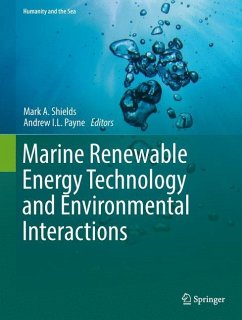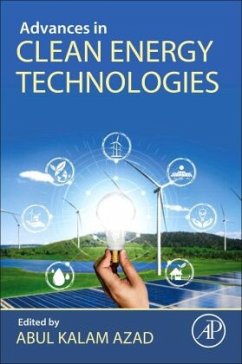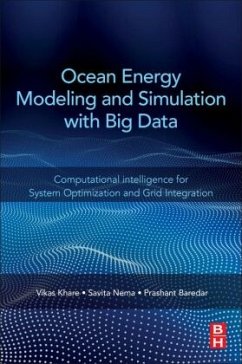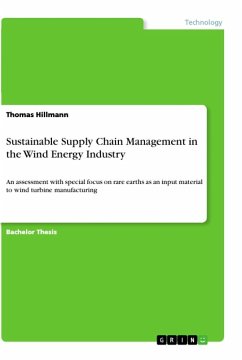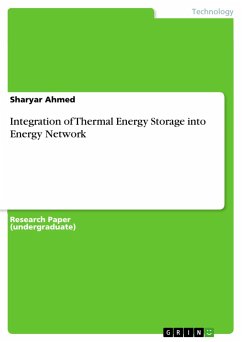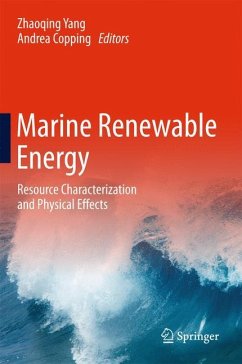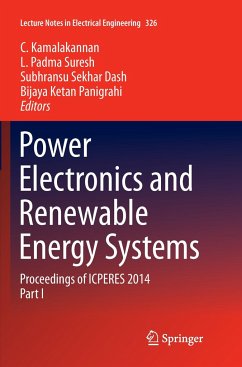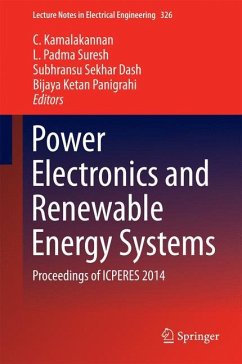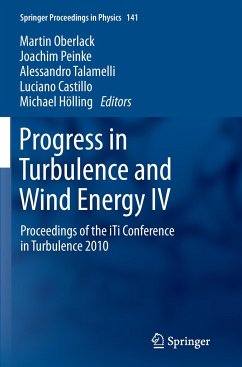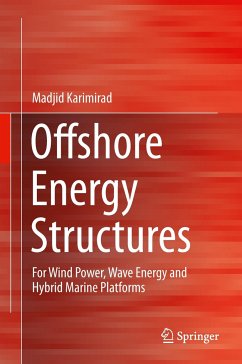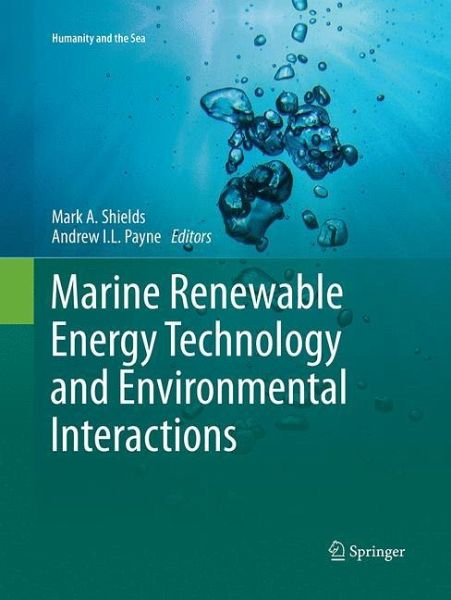
Marine Renewable Energy Technology and Environmental Interactions
Versandkostenfrei!
Versandfertig in 6-10 Tagen
76,99 €
inkl. MwSt.

PAYBACK Punkte
38 °P sammeln!
It is now widely recognized that there is a need for long-term secure and suitable sustainable forms of energy. Renewable energy from the marine environment, in particular renewable energy from tidal currents, wave and wind, can help achieve a sustainable energy future. Our understanding of environmental impacts and suitable mitigation methods associated with extracting renewable energy from the marine environment is improving all the time and it is essential that we be able to distinguish between natural and anthropocentric drivers and impacts. An overview of current understanding of the envi...
It is now widely recognized that there is a need for long-term secure and suitable sustainable forms of energy. Renewable energy from the marine environment, in particular renewable energy from tidal currents, wave and wind, can help achieve a sustainable energy future. Our understanding of environmental impacts and suitable mitigation methods associated with extracting renewable energy from the marine environment is improving all the time and it is essential that we be able to distinguish between natural and anthropocentric drivers and impacts. An overview of current understanding of the environmental implications of marine renewable energy technology is provided.



